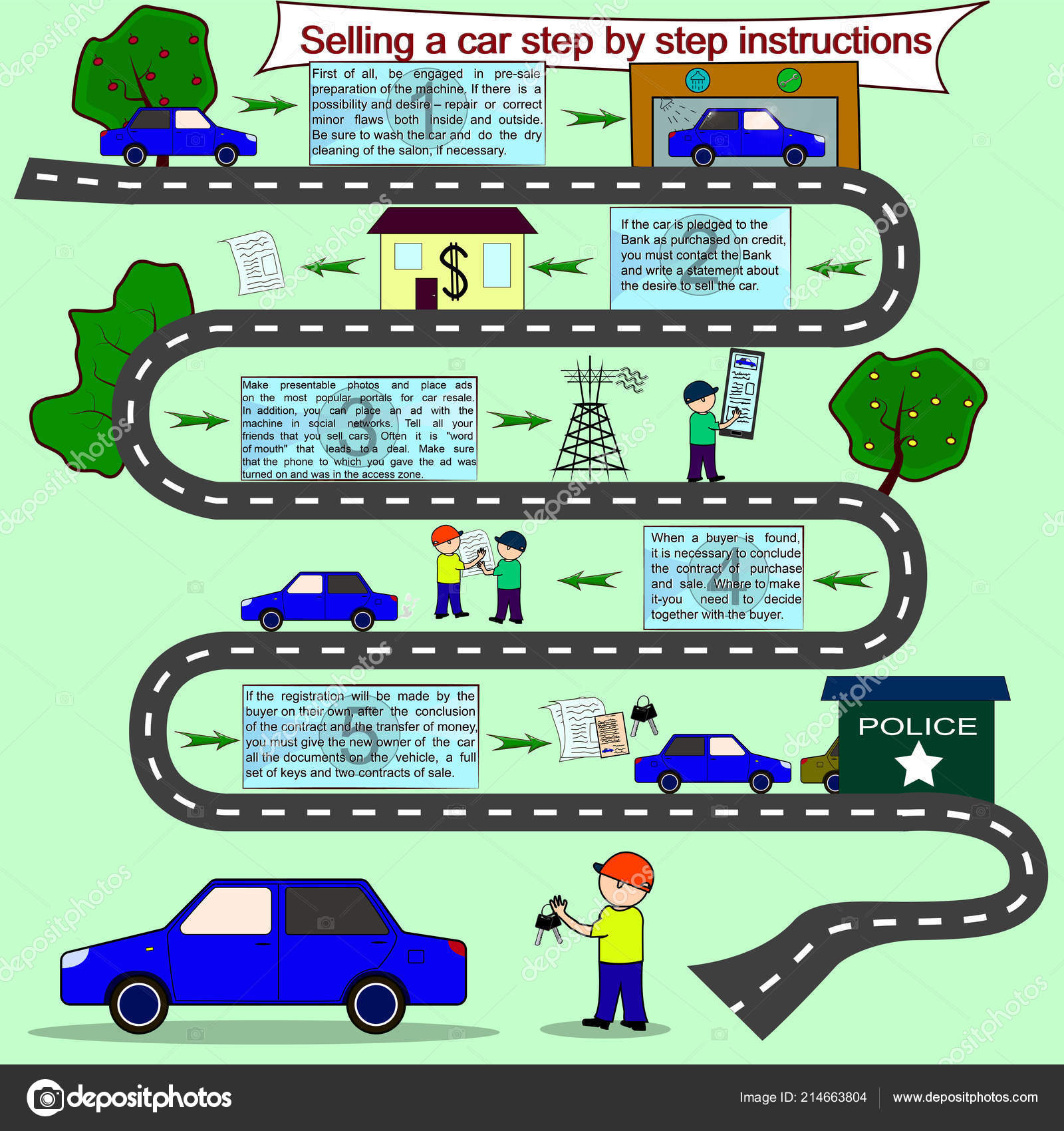Interpreting Your Automobile'S Alert Lighting: Their Real Effects
Interpreting Your Automobile'S Alert Lighting: Their Real Effects
Blog Article
Developed By-Higgins Shepherd
When you lag the wheel, those glowing warning lights on your control panel can be a bit bewildering. Do you recognize what they're attempting to inform you concerning your vehicle's health and wellness? Understanding the value of these lights is vital for your security and the long life of your lorry. So, the following time among those lights appears, would not you wish to understand its message properly and take the essential steps to address it?
Common Warning Lighting and Interpretations
Recognize typical caution lights in your cars and truck and comprehend their definitions to guarantee secure driving.
read review of the most normal warning lights include the check engine light, which signals problems with the engine or discharges system. If this light begins, it's vital to have your lorry checked without delay.
The oil stress warning light suggests low oil stress, needing prompt interest to avoid engine damages.
A blinking battery light may suggest a damaged charging system, possibly leaving you stranded otherwise addressed.
The tire stress surveillance system (TPMS) light signals you to low tire pressure, affecting vehicle stability and fuel performance. Overlooking this might bring about risky driving problems.
The abdominal light suggests a problem with the anti-lock braking system, compromising your ability to stop rapidly in emergencies.
Lastly, the coolant temperature warning light warns of engine getting too hot, which can lead to serious damages otherwise solved promptly.
Comprehending these common caution lights will assist you resolve concerns quickly and keep secure driving problems.
Significance of Prompt Attention
Understanding the common caution lights in your automobile is only the primary step; the relevance of without delay attending to these cautions can't be stressed enough to ensure your safety and security on the road.
When a caution light illuminates on your control panel, it's your vehicle's method of communicating a potential concern that requires interest. Ignoring these cautions can cause more extreme problems down the road, endangering your safety and potentially costing you extra in repairs.
mouse click the next internet page to cautioning lights can prevent break downs and accidents. As an example, a blinking check engine light could indicate a misfire that, if left unattended, could cause damages to the catalytic converter. Addressing this quickly can conserve you from a pricey repair work.
Likewise, a brake system warning light may indicate low brake liquid or worn brake pads, important parts for your safety and security when driving.
DIY Troubleshooting Tips
If you notice a caution light on your control panel, there are a few do it yourself troubleshooting suggestions you can try before seeking professional aid.
The very first step is to consult your auto's guidebook to understand what the particular warning light indicates. Often https://www.consumerreports.org/car-maintenance/car-care-and-maintenance-during-the-coronavirus-covid-19-a2193482887/ can be as easy as a loose gas cap setting off the check engine light. Tightening the gas cap may solve the problem.
One more common concern is a reduced battery, which can trigger various advising lights. Checking https://oil-near-me51738.bloggerswise.com/38158844/discovering-neighborhood-prizes-searching-for-reliable-vehicle-fixing-shops-in-your-area for deterioration and ensuring they're secure may take care of the issue.
If a caution light persists, you can attempt resetting it by detaching the vehicle's battery for a couple of mins and then reconnecting it. Furthermore, checking your automobile's fluid levels, such as oil, coolant, and brake fluid, can assist repair alerting lights connected to these systems.
Final thought
In conclusion, comprehending your car's warning lights is important for maintaining your automobile running smoothly and safely. By without delay dealing with these alerts and recognizing what they indicate, you can stay clear of expensive repair work and potential break downs.
Remember to consult your vehicle's manual for specific details on each advising light and do something about it accordingly to make certain a hassle-free driving experience.
Stay informed, remain secure on the road!
